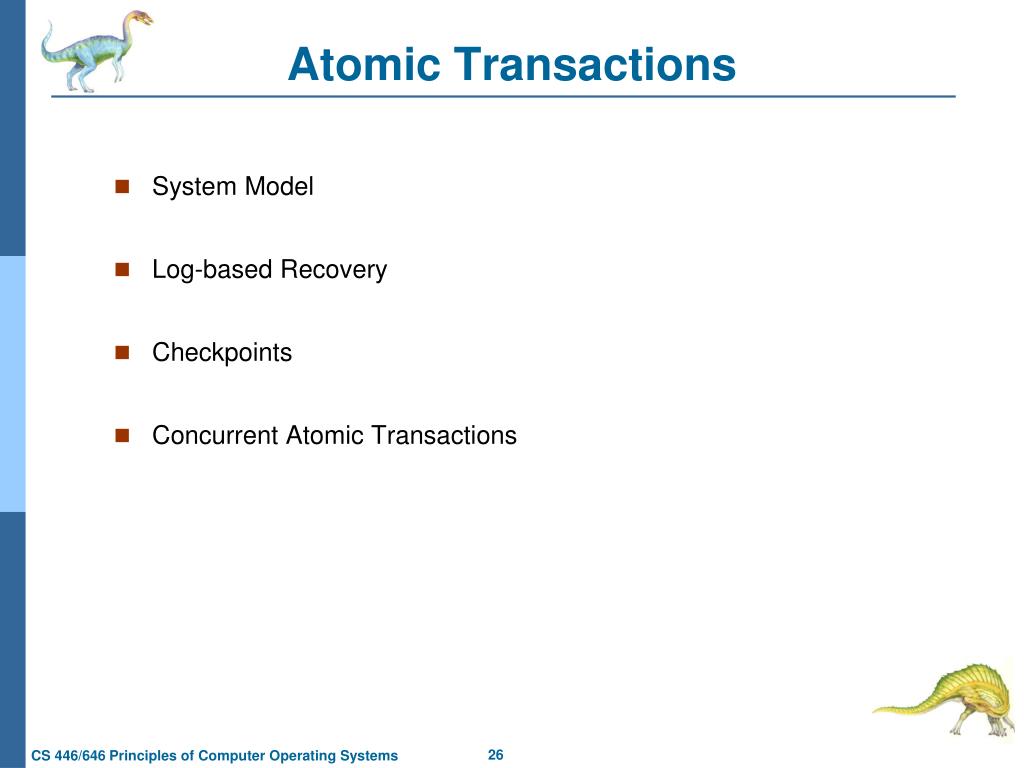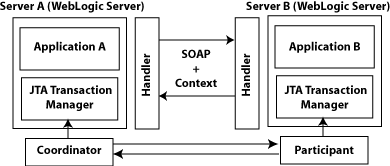

In a money transfer transaction, for example, debiting and crediting must occur concurrently or not at all.To maintain atomicity in a database management system, all transactional statements must succeed or fail in every situation, such as power outages, mistakes, as well as crashes.Therefore, this transaction is not an atomic transaction. What happens now is that the initial debit operation succeeds, but the crediting operation fails.Īs a result, the value in Marino's account A becomes 30$, while the value in Amanda's account remains $200 as it was earlier. One is that the $20 that Marino wishes to send will be deducted from his account A and would be credited to account B, i.e., into Amanda's account. Two procedures are now scheduled to take place. When $20 is deposited to account B, the total becomes $220. An amount of $200 is already existing in account B. If Marino has an account namely A with $50 in it and wants to send $20 to Amanda who has an account namely B. The system, for example, may reserve the same seat for two different consumers.Įxample 2) Transactions taking place in a bank (Credit or Debit of Money) Problems can arise if one occurs without the other. Business logic mandates that these two different and separate actions must take place concurrently. Let's take the example of an online ticket booking system, a booking may consist of two discrete acts that combine to make a transaction: the first one is the payment for the ticket and then the second is to reserve the seat for the person who just paid.

Let's understand the concept of atomicity in a better way with the help of examples.Įxample 1) Atomicity in Online Ticket Booking Systems

We have already discussed what is atomicity in DBMS. It has not yet occurred at one point in time, while it has already happened in its entirety at another (or no changes happen if the transaction was canceled in progress). As a result, any other database client cannot witness the transaction in the process.
#Atomic transaction definition series
In a database management system, we can define an atomic transaction as an indivisible as well as irreducible series of database actions in which either everything happens or nothing happens.Īn assurance of atomicity avoids incomplete database modifications, which can cause more problems than rejecting the entire series outright. Atomicity is mainly accomplished by complicated processes like journaling or logging, or through operating-system calls. The ACID model in database management systems stands for ( Atomicity, Consistency, Isolation, and Durability) and is a collection of concepts used to ensure the integrity of transactions in the database.

As a result, four properties known as the ACID properties are stated in the database management system to ensure the integrity of the data. If the integrity of the data is compromised, the entire data set will be disrupted and distorted. Specialized logging allows the system's restart procedure to complete unfinished operations required by the transaction, making the transaction durable.DBMS is defined as a database management system that manages data and ensures that it remains integrated whenever modifications are made to it. If a transaction commits, the system guarantees that its updates can persist even if the computer crashes immediately after the commit. See Configuring Transaction Isolation Levels for more information.Ī transaction must be recoverable and therefore must have durability. Because a high degree of isolation can limit the number of concurrent transactions, some applications reduce the isolation level in exchange for better throughput. Much of the responsibility for maintaining consistency falls to the application developer.Ī transaction must be a unit of isolation, which means that concurrent transactions should behave as if each were the only transaction running in the system. Atomicity eliminates the chance of processing only a subset of operations.Ī transaction must preserve the consistency of data, transforming one consistent state of data into another consistent state of data. By performing only a subset of these operations, the system could compromise the overall intent of the transaction. Operations within a transaction usually share a common intent and are interdependent. The following list contains a definition and a description of each ACID property:Ī transaction must execute exactly once and must be atomic-either all of the work is done or none of it is. To ensure predictable behavior, all transactions must possess these basic properties, reinforcing the role of mission-critical transactions as all-or-none propositions. Coined by transaction processing pioneers, the acronym ACID stands for atomic, consistent, isolated, and durable.


 0 kommentar(er)
0 kommentar(er)
